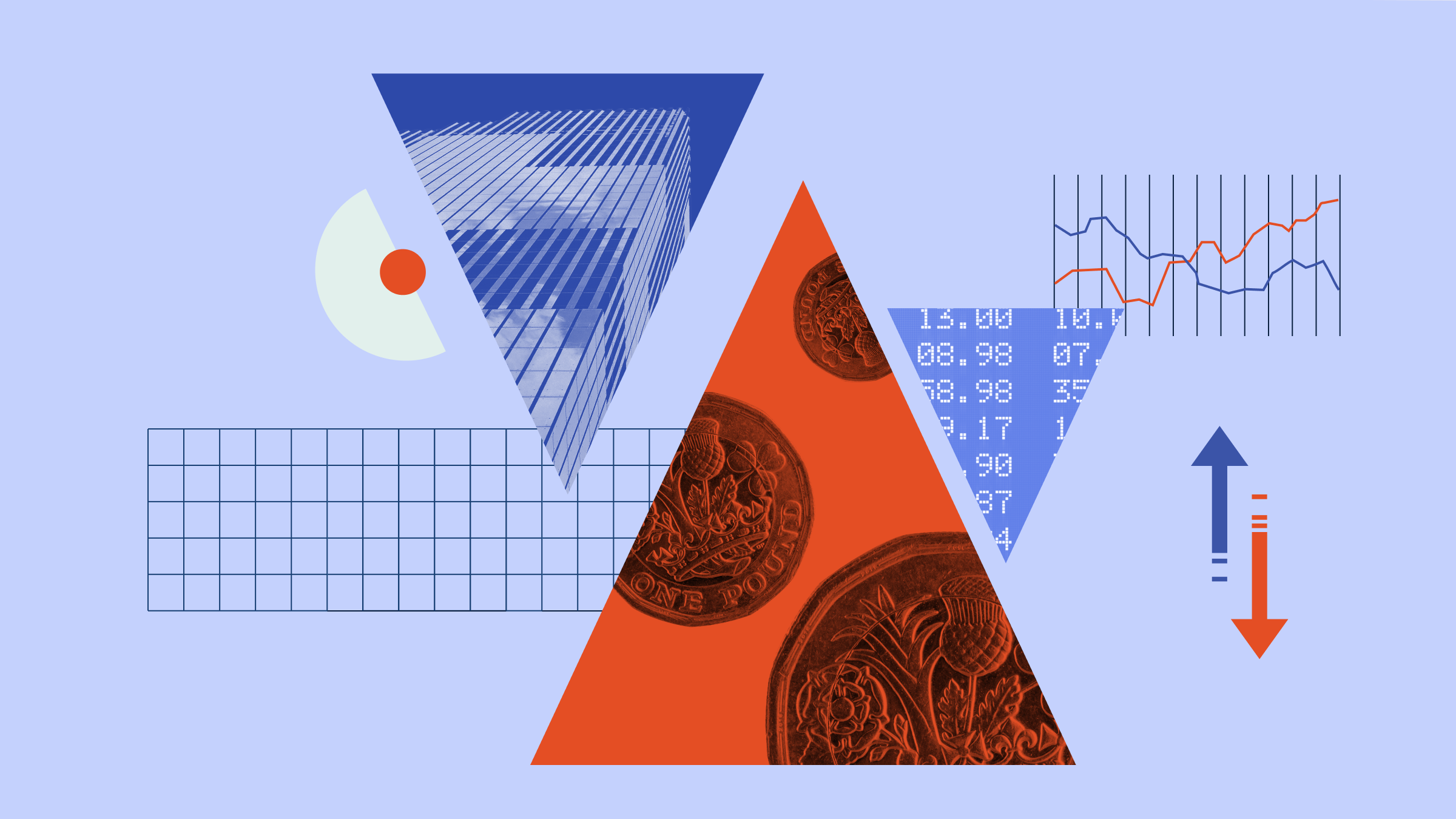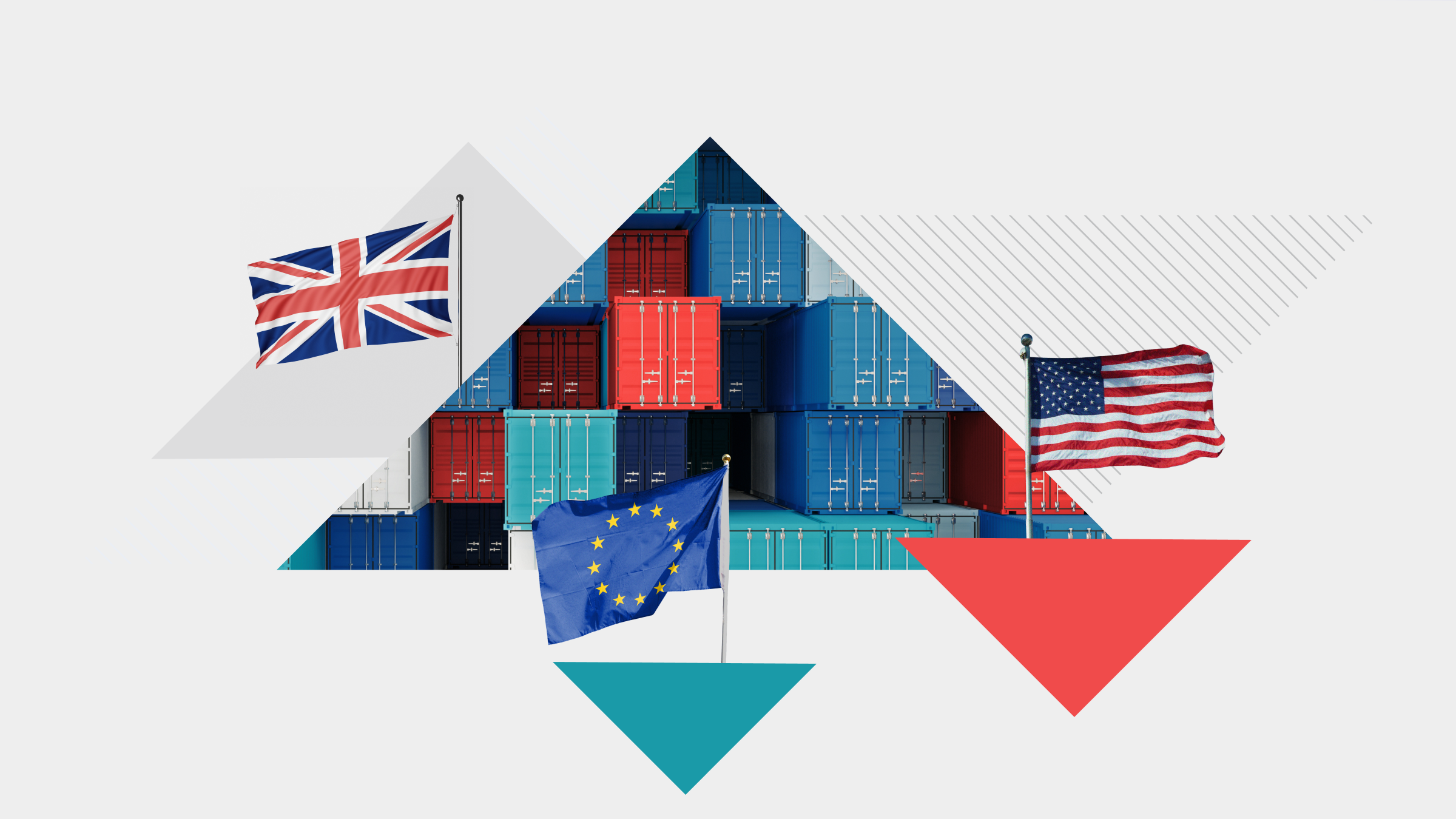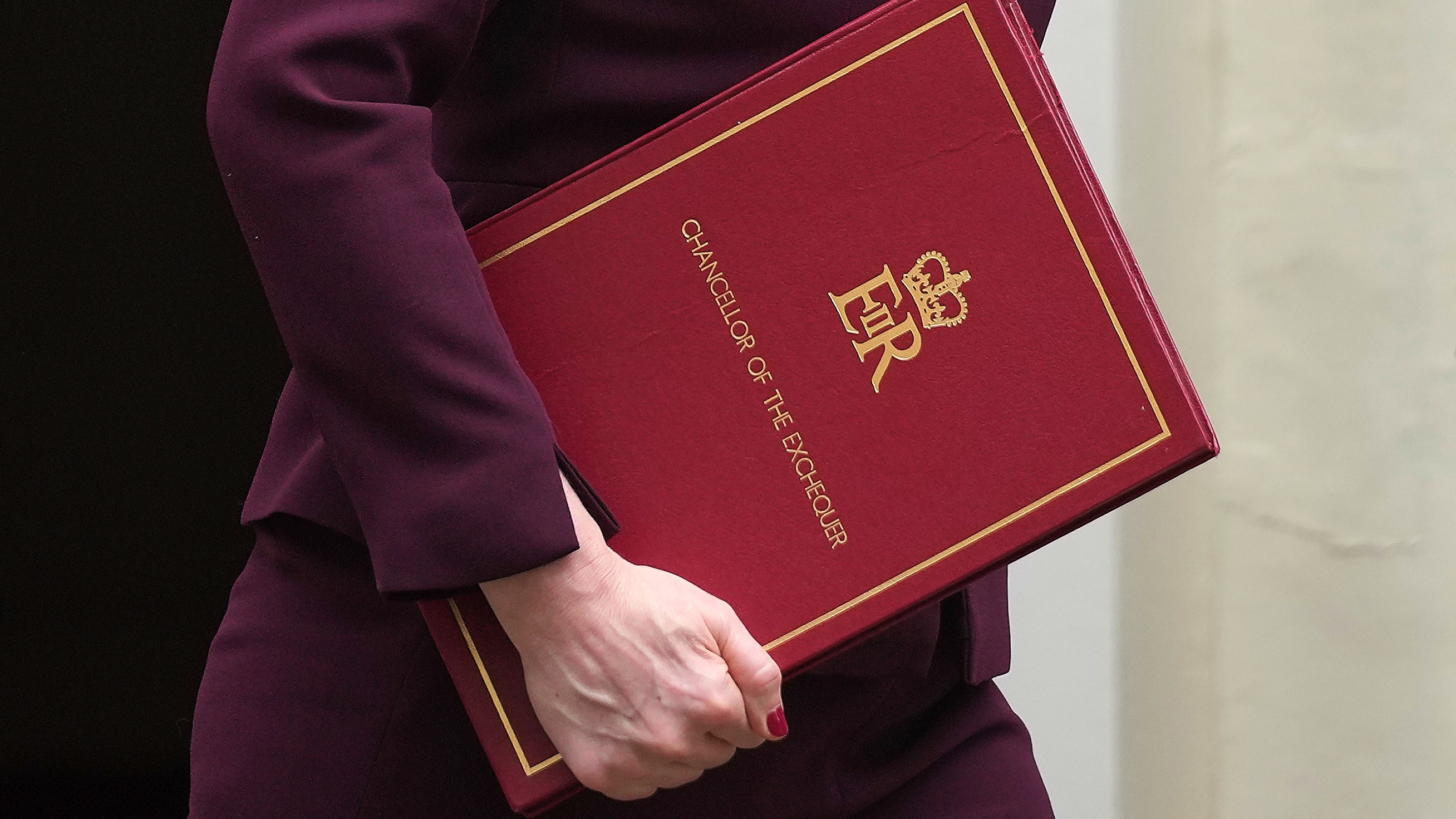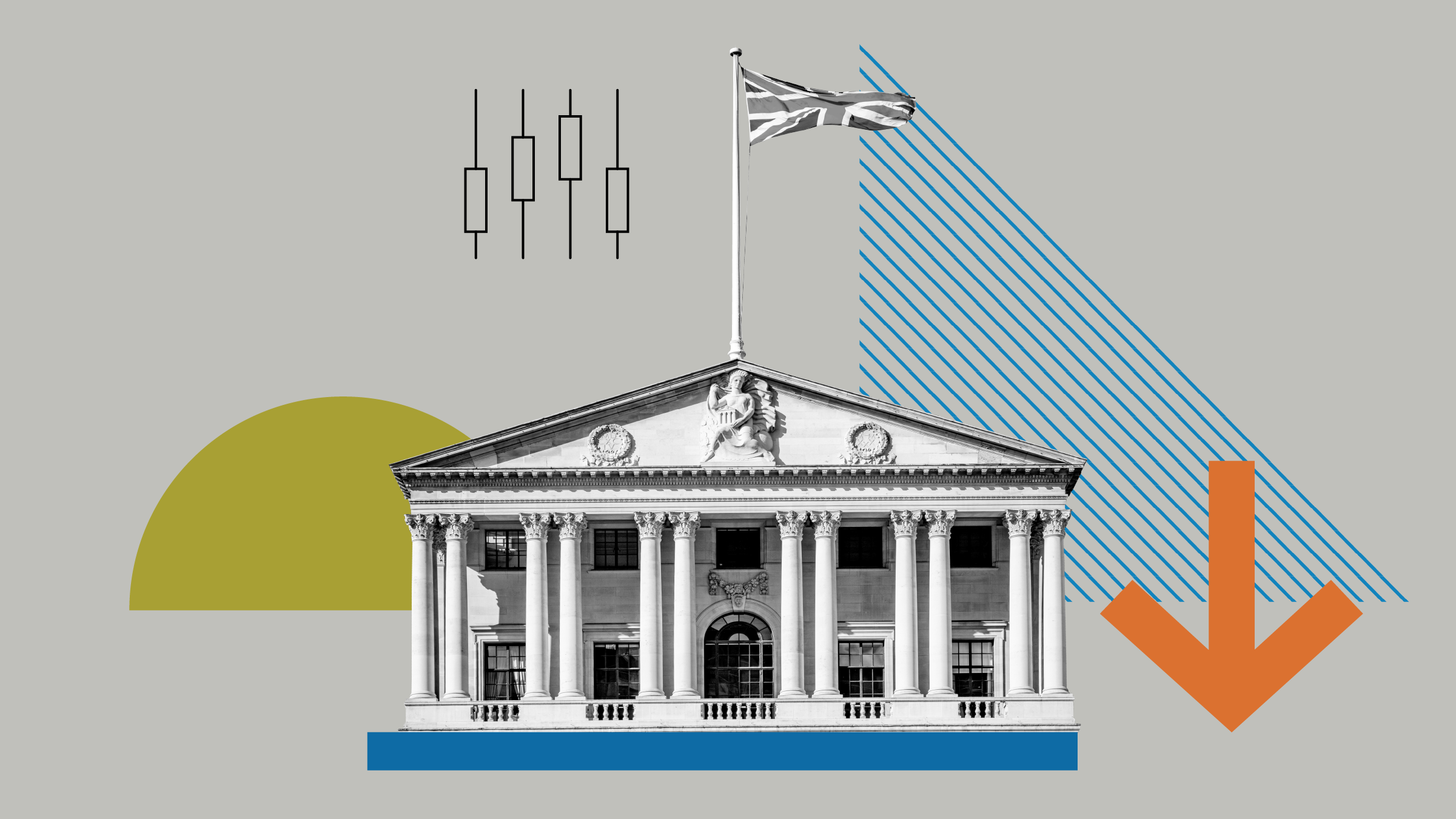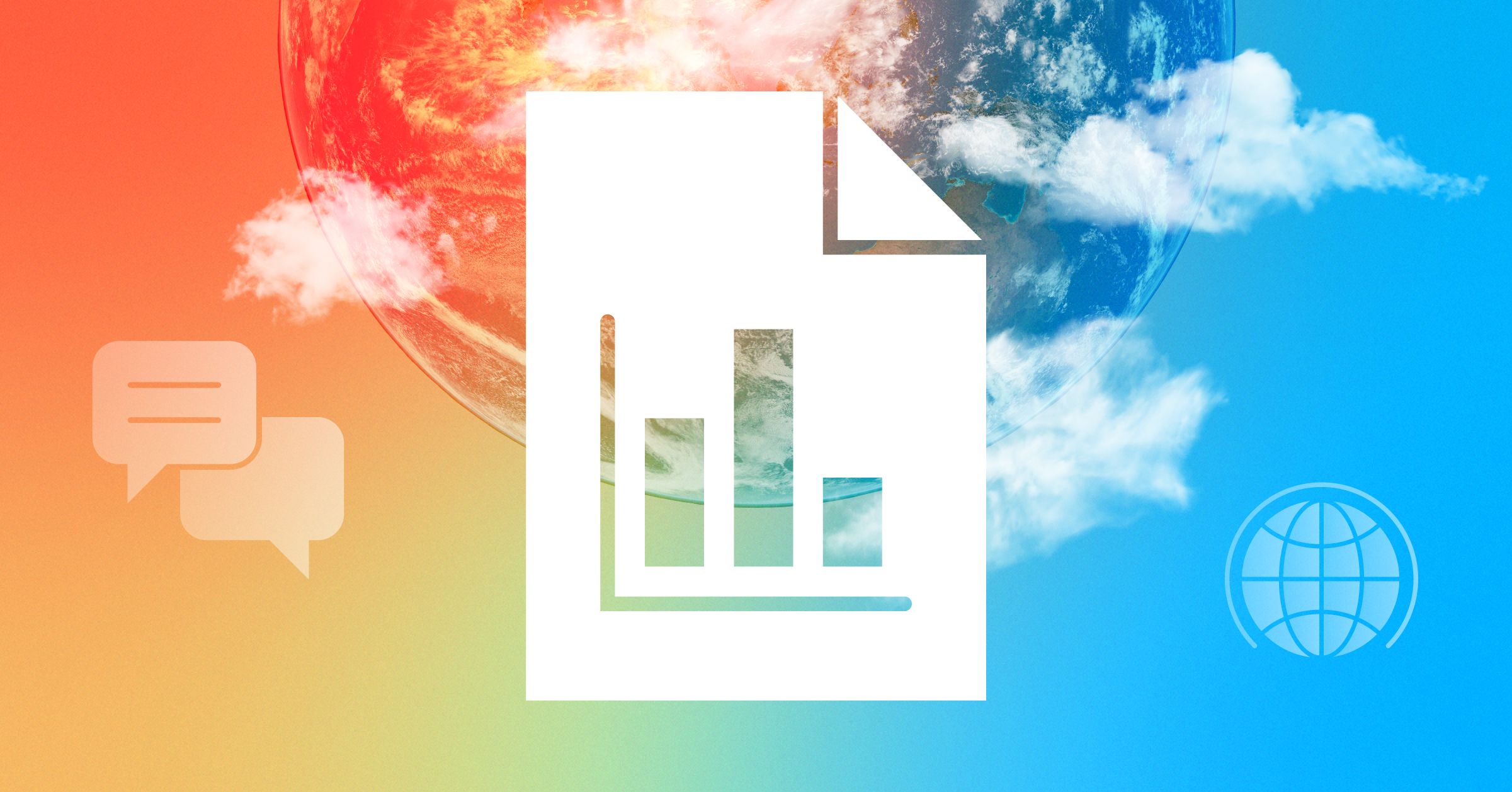Holly Black: Welcome to the Morningstar series, "Ask the Expert." I'm Holly Black. With me is Hortense Bioy. She is Head of Sustainability Research at Morningstar. Hello.
Hortense Bioy: Hi, Holly.
Black: So, you're here today because you're changing the way you rate funds on terms of sustainability. Why are we changing this?
Bioy: Yes, absolutely. So, maybe I would have to give a bit of background. So, Morningstar introduced its sustainability rating three years ago in 2016, powered by Sustainalytics ratings. So, Sustainalytics is our partner and they provide company level ESG ratings. So, at that time, in 2016, I mean, it was pretty innovative. That was the first tool available for investors who want to evaluate funds through a sustainability lens. But back then we knew – that was three years ago – we knew that because the sustainability space evolves very quickly, that methodology was going to evolve as well. So, last year, Sustainalytics introduced a new rating, it's called the ESG risk rating. And for us, we think – I mean it really stands as the best thinking in terms of how you should evaluate companies through a sustainability lens. And this year, we decided to adopt that rating. So, that's it, that's so why.
Black: So, what are the key changes that we're going to see?
Bioy: So, there are really two main changes. The first one is that the new rating will have an increased focus on material ESG risk. So, the old rating was mainly a way to evaluate how well-prepared companies are to handle the ESG issues. The new rating will really focus on the E, S and G issues that are material to a company's performance. That's the first difference. The second difference is that it's going to allow better compatibility across sector. So, the original rating focused more on within industry differences. Whereas, this one will consider that – well, there are sectors that face more ESG risk than others. For example, if you take the oil and gas sector, right, this sector face more – obviously, they're primarily environmental risk, like carbon emissions, but also other risks. But the oil and gas sector face more risk than the software industry sector. So, we had to reflect that.
Black: So, how is that reflected in the ratings? What's an example of how that's actually going to work in practice?
Bioy: Yeah, an example would illustrate that very well. So, for example, if you take two companies, Royal Dutch Shell and Microsoft, obviously, those two companies are operating in two very different sectors. One is oil and gas. The other one is software. Which means that they're exposed to different sets of ESG risks. At the moment, Royal Dutch Shell and Microsoft score exactly the same under our current methodology. Because those two companies are well-prepared to face the ESG risk. However, as I just said, the oil and gas sector face more ESG risk. So, we had to reflect that. So, this is what we're going to do.
So, under the new ESG risk framework, basically, Shell will have higher ESG risk score than Microsoft, which means that in a portfolio, if you hold Shell, then Shell will contribute more to the portfolio's ESG risk than Microsoft. Obviously, it's still better to hold Shell than Exxon Mobil which has an even higher ESG risk score.
Black: That all seems to make sense. So, would that make it easier to understand how the ratings are applied for investors?
Bioy: Absolutely. Actually, the current rating requires quite a complicated calculation. So, we had to deduct controversies, we had to normalise course. Now, there's none of this. The portfolio ESG risk score will just be a roll-up of company risk scores on an asset-weighted basis. So, it's going to be very simple and transparent and easier to understand for investors.
Black: And the actual scale doesn't change. It's still one globe to five globes.
Bioy: Absolutely. Absolutely. And the rating continues to be peer group related. So, in each Morningstar global category, you'll have a distribution of globes assigned to portfolios based on the portfolio risk score.
Black: Well, thank you so much for your time.
Bioy: Thank you, Holly.
Black: And thanks for joining us.











:quality(80)/cloudfront-us-east-1.images.arcpublishing.com/morningstar/6BCTH5O2DVGYHBA4UDPCFNXA7M.png)





